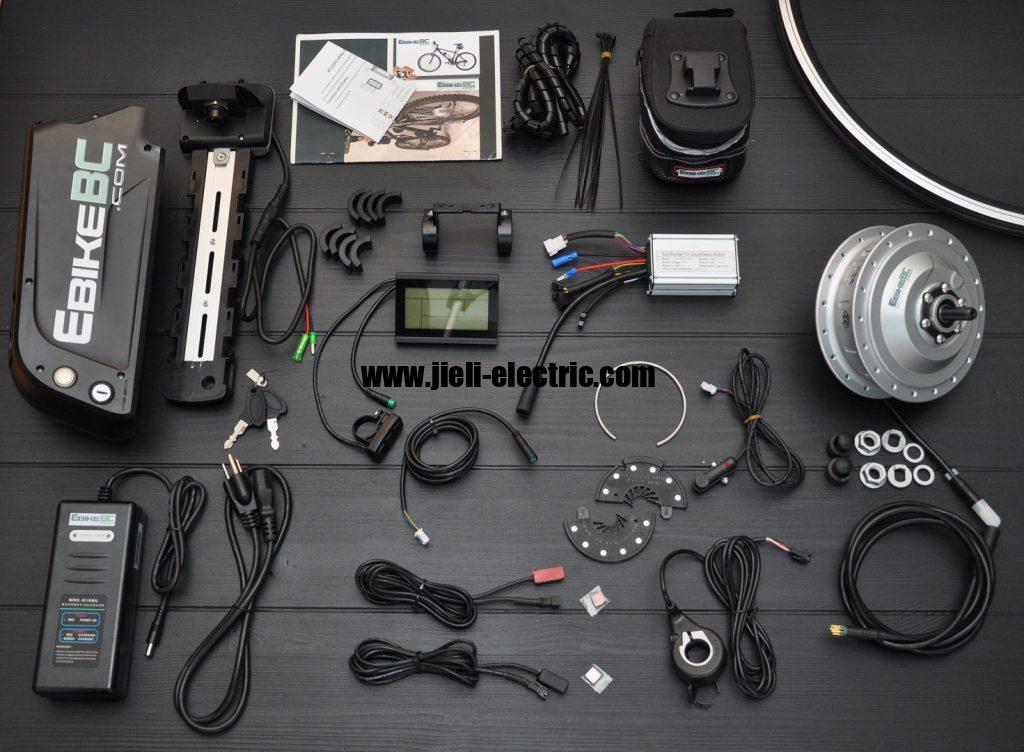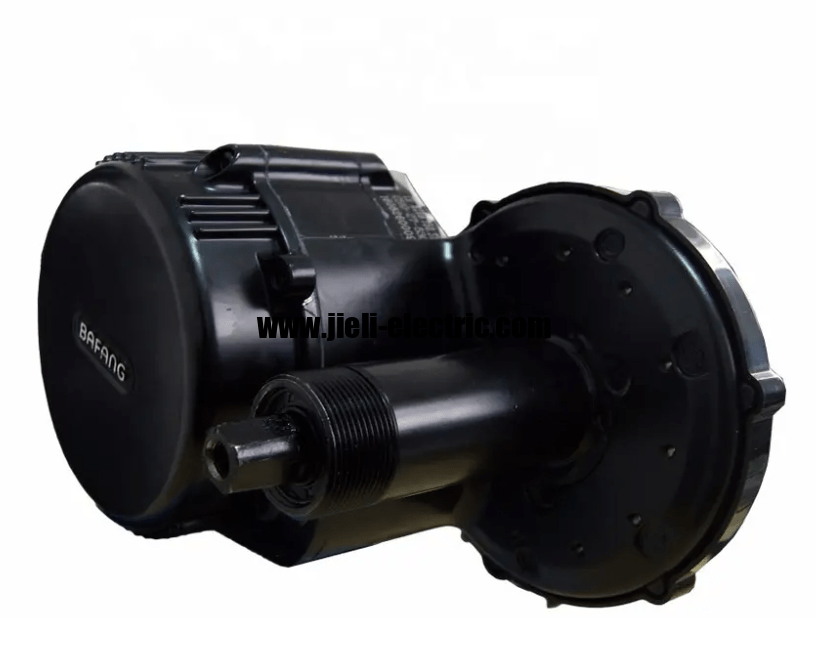As cycling continues to gain popularity as a sustainable mode of transportation, many consumers find themselves navigating the diverse landscape of bicycle options. One common question arises: is a hybrid bike electric? To address this inquiry, it is essential to first understand the characteristics of hybrid bikes and electric bikes, as well as the key distinctions between the two. This article will delve into the advantages of hybrid bikes, explore the circumstances under which one might opt for an electric bike, and provide guidance on making the right choice tailored to individual needs. By clarifying these concepts, we aim to empower readers to make informed decisions in their cycling journey.
Key Takeaways
Hybrid bikes combine features of road and mountain bikes, offering versatility for various terrains with lightweight frames and wider tires.
Electric hybrid bikes provide motor assistance, enhancing the riding experience with features like throttle control and adjustable assistance levels.
The main difference between hybrid and electric bikes lies in their power sources, with hybrids relying more on human power and electric bikes designed primarily for motorized support.
Electric bikes offer benefits such as reduced travel time, making them ideal for commuters and those with physical limitations, while also promoting sustainable transportation.
Understanding Hybrid Bikes
Hybrid bikes combine features of both road and mountain bikes, offering versatility for various terrains and riding styles. They typically include a lightweight frame, allowing for efficient speed on paved surfaces while also providing the durability needed for off-road paths. The tires are usually wider than those found on road bikes, providing better traction and stability on diverse surfaces. Additionally, hybrid bikes often come equipped with a comfortable saddle and an upright riding position, enhancing rider comfort during long journeys. Many models also include features such as fenders and racks, making them practical for commuting and recreational use. Riders can choose between different gearing systems, which cater to both casual and performance-oriented cyclists. Understanding the different options available will help determine the best fit for individual needs, leading us to explore the various types of hybrid bikes.
Types of Hybrid Bikes
Hybrid bikes come in various designs, each catering to different riding preferences and environments. Among these options, riders can choose between electric and non-electric models, depending on their needs. Understanding the distinctions in hybrid bike types is essential for making an informed decision.
Types of Hybrid Designs
Various designs of hybrid bikes incorporate features that enhance versatility, comfort, and performance for diverse riding scenarios. These designs often combine elements from road bikes and mountain bikes, resulting in a balanced approach suitable for various terrains. Some models emphasize lightweight frames and smooth tires for efficient commuting on paved surfaces. Others may include wider tires and suspension systems to accommodate off-road trails and rougher pathways. Each design caters to specific rider preferences, ensuring an optimal experience tailored to individual needs.
Electric vs. Non-Electric
The choice between electric and non-electric bikes significantly influences the rider’s experience, with electric models offering enhanced power and assistance for longer journeys and varied terrains. Non-electric bikes, on the other hand, provide a more traditional cycling experience, emphasizing physical exertion and simplicity. Riders of electric bikes often benefit from features such as pedal assist and throttle control, making them suitable for commuting and recreational use alike. In contrast, non-electric options tend to be lighter and require less maintenance, appealing to those who prefer a straightforward design. Understanding these differences is crucial when defining electric bikes and their unique benefits in the hybrid bicycle category.
Defining Electric Bikes
Electric bikes are defined as bicycles that incorporate an electric motor to assist with propulsion, enhancing the riding experience and reducing physical exertion. They typically feature a rechargeable battery, which powers the motor and can vary in capacity depending on the design and intended use. The motor can provide different levels of assistance, allowing riders to select their preferred level of support for various terrains and riding conditions. Most electric bikes are equipped with pedals, enabling them to function as traditional bicycles when the motor is not in use. The integration of technology in electric bikes often includes features such as digital displays, which provide information on speed, distance, and battery life. Electric bikes are increasingly popular for commuting, recreational riding, and even off-road adventures. Their versatility and efficiency make them an attractive option for a wide range of cyclists.
Key Differences Between Hybrid and Electric Bikes
Hybrid bikes and electric bikes serve distinct purposes and cater to different riding preferences. The primary differences lie in their power sources, frame designs, and overall weight, which significantly impact portability and riding experiences. Understanding these key distinctions is essential for potential buyers looking to choose the right type of bike for their needs.
Bike Power Sources
Power sources for bikes can significantly influence performance, efficiency, and rider experience, with options ranging from traditional human power to advanced electric systems. Traditional bikes rely solely on the rider’s physical effort, contributing to fitness benefits but limiting speed and distance. In contrast, electric bikes utilize battery-powered motors to assist with pedaling, allowing for extended range and reduced fatigue. Hybrid bikes often combine elements of both, featuring a lightweight frame and the option for electric assistance without sacrificing the feel of traditional cycling. Ultimately, the choice of power source plays a crucial role in determining the overall suitability of the bike for individual riders.
Frame and Design
Frame and design considerations significantly influence the overall performance and comfort of both hybrid and electric bikes, catering to different riding styles and terrains. Hybrid bikes typically feature a lightweight frame that balances speed and stability, ideal for a variety of surfaces. In contrast, electric bikes often have sturdier frames to accommodate the added weight of the battery and motor components. The geometry of the frame also plays a critical role in rider ergonomics, impacting long-distance comfort and maneuverability. Overall, the design choices reflect the intended use, enhancing the biking experience for diverse riders.
Weight and Portability
Weight and portability are crucial factors influencing the choice between hybrid and electric bikes, as they determine ease of handling and transportation for the rider. Hybrid bikes typically weigh less due to the absence of a motor and battery, making them more suitable for quick trips and easy maneuverability. Conversely, electric bikes, while heavier due to their components, offer the advantage of powered assistance, which can make longer rides more manageable. The difference in weight also affects the overall portability, particularly when it comes to carrying or storing the bikes. Thus, the choice between these two types of bikes will inevitably impact the riding experience variations that each offers.
Riding Experience Variations
Riding experience variations between the two bike types can significantly influence a cyclist’s choice, as factors such as terrain adaptability, speed, and rider effort play crucial roles in the overall enjoyment and functionality of the bike. Hybrid bikes are designed to offer versatility, performing well on both paved roads and light trails, while electric bikes provide an added boost, making them ideal for longer distances or hilly terrains. The weight distribution in each bike type affects handling and maneuverability, with electric bikes typically being heavier due to their battery systems. Additionally, the riding position and comfort level can vary, as hybrid bikes often favor a more upright posture compared to the potentially sportier stance of some electric bike models. Ultimately, the personal preferences and riding environments of cyclists will guide their decision between these two distinct bike types.
Advantages of Hybrid Bikes
The advantages of hybrid bikes include their versatility, allowing riders to easily transition between various terrains while enjoying a comfortable and efficient cycling experience. Their lightweight design makes them an excellent choice for both commuting and recreational riding. Additionally, hybrid bikes typically feature a more upright riding position, which enhances visibility and reduces strain on the rider’s back. Many models come equipped with wider tires that provide better stability and traction on varied surfaces. The combination of road bike speed and mountain bike durability caters to a diverse range of cycling preferences. Moreover, hybrid bikes often include practical features such as racks and fenders, making them suitable for everyday use. For those considering the benefits of additional power and assistance, it is essential to explore when to choose an electric bike.
When to Choose an Electric Bike
Selecting an electric bike is particularly beneficial for commuters seeking to reduce travel time and effort while navigating varying terrains. Individuals who frequently travel long distances or encounter hilly routes may find electric bikes to be an optimal solution. Additionally, those who may have physical limitations or health concerns can leverage the assistance of an electric bike to enhance their riding experience. Electric bikes can also be advantageous for those who aim to arrive at their destination without excessive perspiration, particularly in professional settings. Furthermore, riders looking to incorporate cycling into their daily routine, without the intimidating aspects of traditional biking, should consider electric options. For urban dwellers facing heavy traffic, electric bikes can facilitate quicker and more efficient travel. Ultimately, choosing an electric bike aligns well with a commitment to sustainable transportation while meeting varied commuting needs.
Making the Right Choice for Your Needs
Evaluating personal requirements and intended usage is essential when determining the most suitable hybrid bike for your needs. Consider factors such as the type of terrain you will encounter and the distance you plan to travel. Assess your physical fitness level and how much assistance you may require from an electric motor. Additionally, budget constraints should be taken into account, as hybrid bikes vary widely in price. Researching different models and their features can provide valuable insights into what suits your lifestyle best. User reviews and expert recommendations can also play a significant role in making an informed decision. Ultimately, the right choice will enhance your cycling experience and meet your specific demands effectively.
If you’re curious about the features of hybrid bikes and their electric counterparts, I highly recommend exploring the topic of e-bike walk mode features. This insightful resource will help you understand how these functionalities enhance your cycling experience. Check it out here: e bike walk mode.


